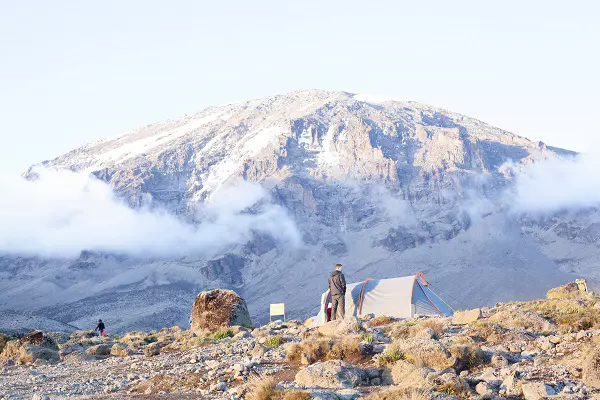
Climbing Kilimanjaro, Africa's majestic rooftop and the world's tallest free-standing mountain, is a journey that beckons adventurers from around the globe. As travelers prepare to conquer the towering heights of Kilimanjaro, a common question arises: How long does it take to climb Kilimanjaro? In this exploration, we unravel the timeline of this epic ascent, understanding the stages, routes, and factors that influence the duration of the journey to the summit.
Kilimanjaro offers several routes, each with its own unique challenges, landscapes, and time requirements. The most popular routes include:
Known as the "Coca-Cola" route, Marangu is often considered the easiest path. The ascent typically takes about 5 to 6 days.
The Machame route, also called the "Whiskey" route, is a bit more challenging but scenic. Climbers usually take 6 to 7 days to reach the summit.
The Lemosho route, known for its stunning vistas, is a longer and less-traveled option. Climbers typically spend 7 to 8 days on this route.
The Rongai route, approaching from the north, is less crowded and takes about 6 to 7 days.
The Northern Circuit is the longest route, providing ample time for acclimatization. Climbers generally spend 9 days on this circuit.
The journey starts with registration at the park gate and the ascent to the first camp.
Acclimatization is crucial for altitude adjustment. Climbers spend extra days at higher altitudes to minimize the risk of altitude sickness.
Climbers ascend to higher camps, navigating through diverse landscapes and ecosystems.
The final push to the summit begins, typically starting in the wee hours of the morning to reach Uhuru Peak, the highest point on Kilimanjaro.
After summiting, climbers descend to lower altitudes, celebrating their accomplishment and reflecting on the journey.
Longer routes provide more time for acclimatization, reducing the risk of altitude-related issues.
Physical fitness plays a crucial role in the pace of ascent. Well-prepared climbers may find the journey less strenuous.
Some climbers may adapt more quickly to higher altitudes, enabling a faster ascent.
The chosen route and tour operator influence the overall duration. Longer routes and well-paced itineraries often lead to higher success rates.
The question, "How long does it take to climb Kilimanjaro?" doesn't have a one-size-fits-all answer. Your chosen route, acclimatization needs, and personal preferences will shape the duration of your ascent. As you embark on this extraordinary adventure, consider not just the time it takes but the moments, landscapes, and challenges that make Kilimanjaro a pinnacle in the world of mountaineering. Whether you opt for the faster-paced Marangu route or the more leisurely Northern Circuit, each step brings you closer to the summit and an unparalleled sense of accomplishment on the roof of Africa.